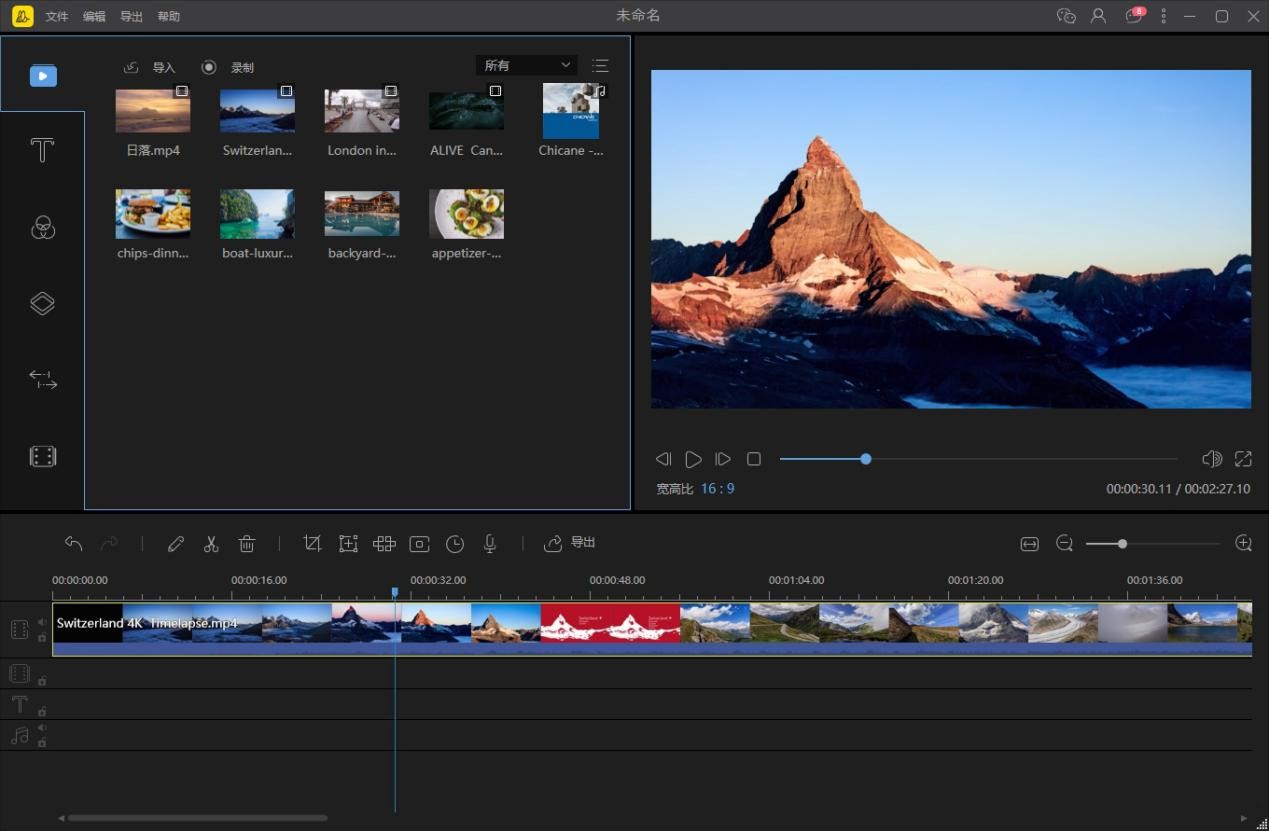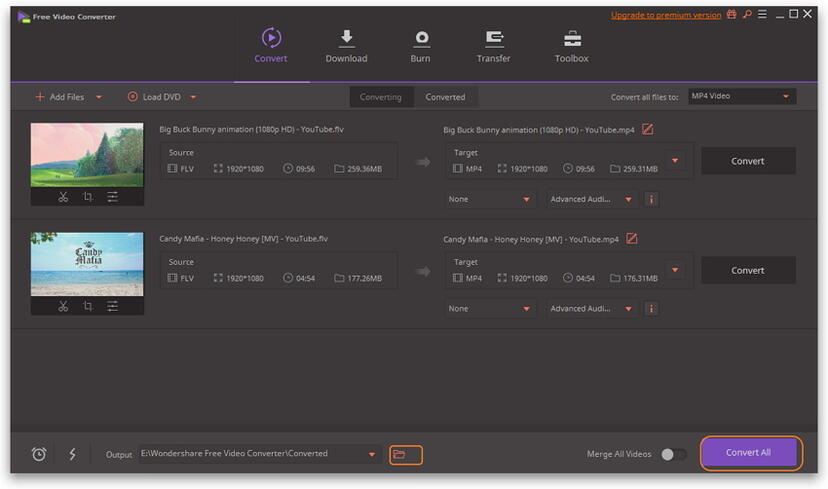


Then there’s always Free Video Coding for another helping hand to generate the code you’ll need.
#Mpeg streamclip to flv movie#
Step two: wrap in a simple SWF movie and embed into your pageįor the wrapper go see Jeroen Wijering for his “JW FLV Media Player”. (Thanks to this Macworld article) The easiest and best quality option being “Convert to MPEG…” from the File menu. Use the free MPEG Streamclip and, perhaps, Apple’s twenny dollah QuickTime MPEG-2 Playback Component to convert your source into something QuickTime friendly. The work-around is documented here What if the source material is on a DVD or a VOB file? I came across this problem when changing the soundtrack of an existing movie file. Its a really great tool but currently falls over with some QuickTime movies when the virtual stack of audio/video is the wrong way round – an “invert mapping issue”. The second part requires finding a Flash player – more elusive than I had anticipated – and writing a wee bit of HTML code into your webpage.
#Mpeg streamclip to flv how to#
(Note: In order for MPEG Streamclip to work on your PC, any installation of Quicktime must be removed, and a copy of Quicktime Alternative 1.81 will need to be downloaded and. This video will show public and education access producers where to download MPEG Streamclip and how to install it on their computer. The first part is best achieved ffmpegX with a helping hand from MPEG Streamclip if your source is a DVD VOB file. This video will show public and education access producers where to download MPEG Streamclip and how to install it on their computer.

MPEG Streamclip is a very powerful video. In essence getting your video onto a webpage is a two part process – encode into FLV format then wrap this FLV in a SWF viewer and embed in your webpage. The Adobe Flash Video Encoder (or Adobe Media Encoder) can convert a variety of file formats to flv (Flash Video). It’s taken quite a few hours of trial and error and things not working – but in the end it’s not too complicated.


 0 kommentar(er)
0 kommentar(er)
